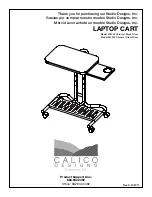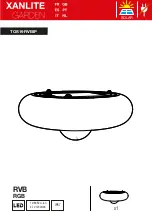
Part 4
Page 2
CAUTION
Crews should be aware of the limited systems back-up of
the Lancaster compared with more modern aircraft. Any
system malfunction must be considered carefully before
deciding to continue a sortie or RTB
The age of the aircraft and its systems increases the
potential for malfunction. It is therefore important to monitor
aircraft systems carefully in order to to detect the onset of
a malfunction and to action emergency procedures and/or
rectification accordingly
ENGINE MALFUNCTIONS
Engine Fire and Feathering
1. This procedure is initiated by the aircraft Captain when advised by
any flight deck member of an engine fire or malfunction requiring the
engine to be feathered. The
Engine Fire and Feathering Checks
are
on FRCs Card 9 Reverse. The procedure is read out by the Navigator
and actioned by the Co-Pilot with prior confirmation by the Flight
Engineer. In the event of any serious engine malfunction, control of the
aircraft should invariably be passed to the LHS pilot ASAP and certainly
prior to the RHS pilot (now PNF) operating any of the engine controls.
Unfeathering in the Air
2. Unfeathering must not be carried out if the Outside Air temperature
is below minus 15
°
C. Drills for
Unfeathering in the Air
are on Card 9
Reverse of the FRCs.
Engine Overspeed
3. The engine RPM must be monitored for normal operation at all
stages of the sortie. Importantly, whenever Take-Off power is applied,
the limit of 3150RPM for a maximum of 20 seconds must be strictly
UNCONTROLLED DOCUMENT - NOT FOR USE IN FLIGHT OR TO BE PRINTED
UNCONTROLLED DOCUMENT - NOT FOR USE IN FLIGHT OR TO BE PRINTED
















































